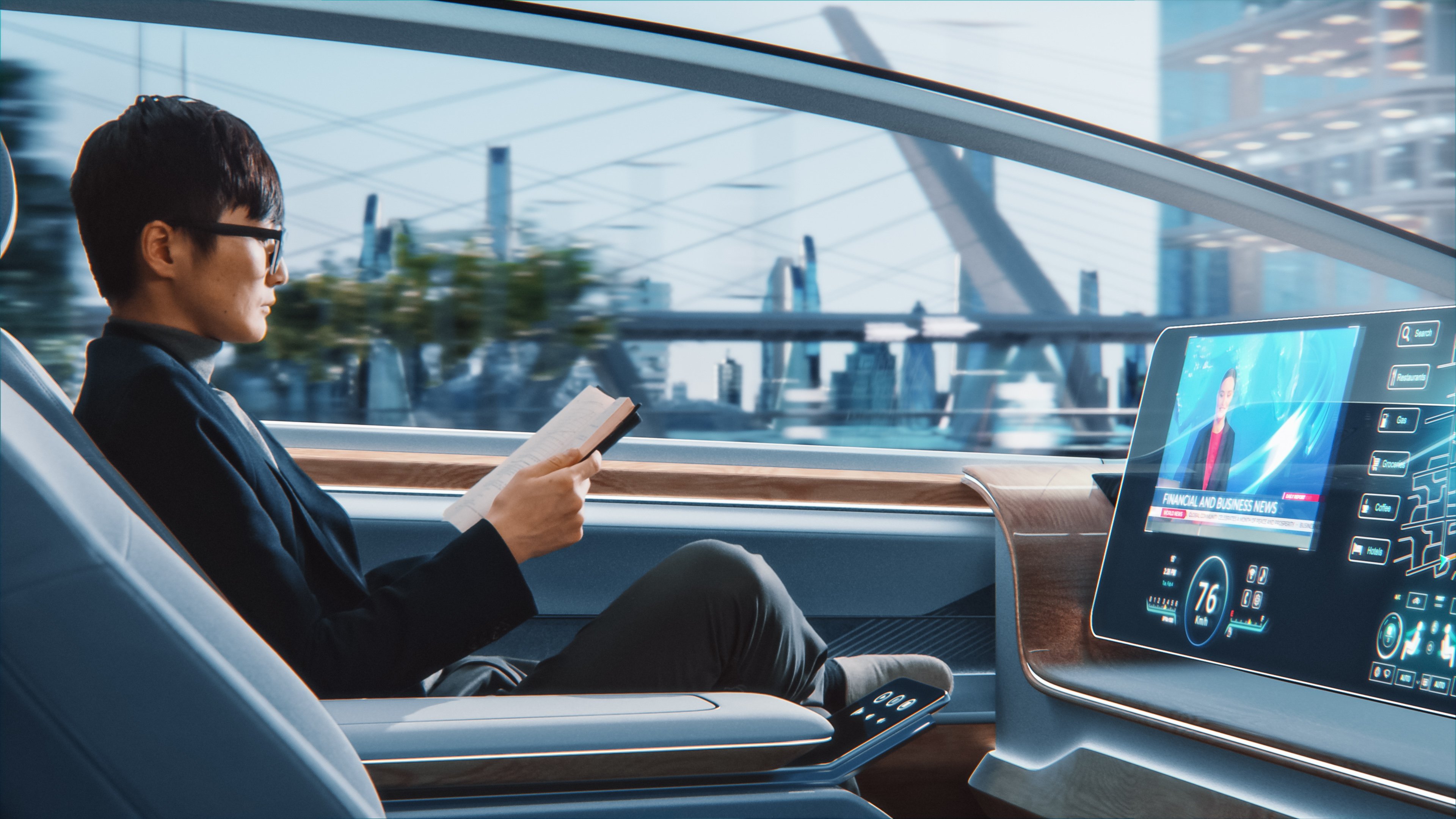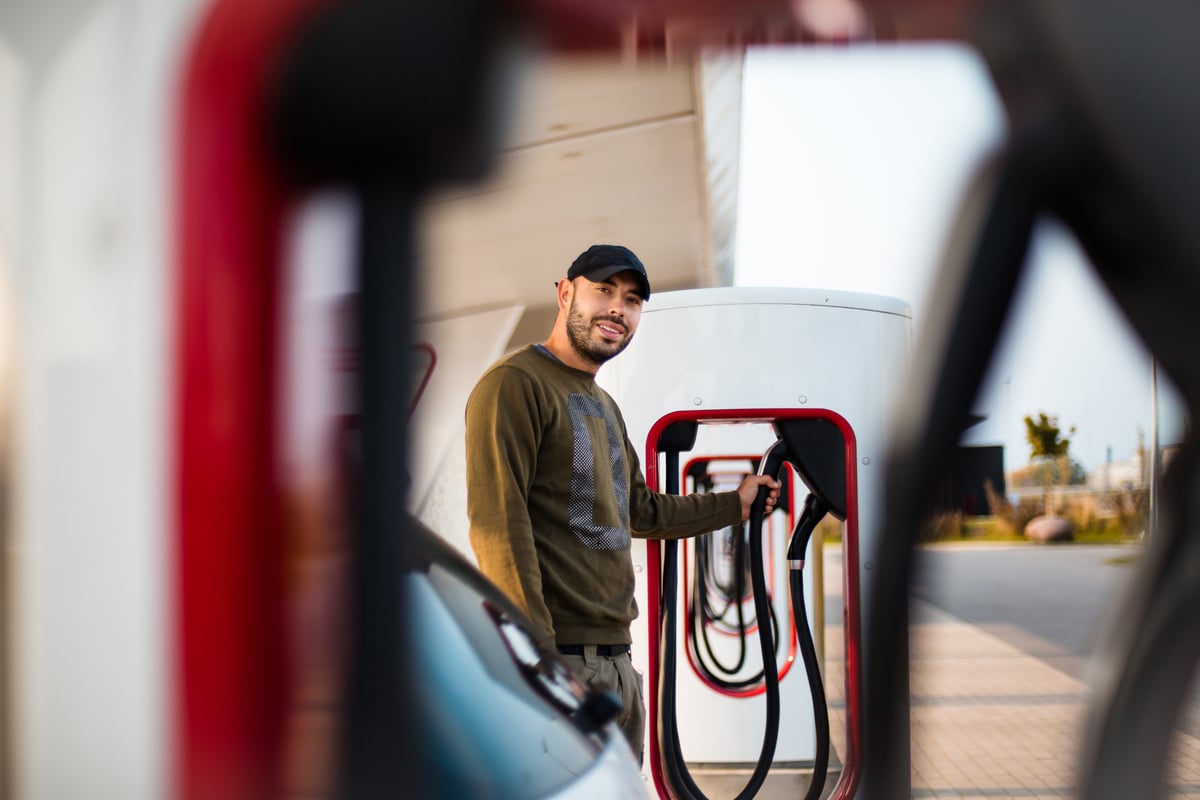
Tesla Model S
Tesla Motors (TSLA 4.62%) CEO Elon Musk has often referred to the electric-car maker as an "automotive tech company." Apparently his argument for Tesla's overlap of tech and auto goes deeper than words. This week Tesla snapped up Apple's (AAPL 1.01%) VP of Mac hardware engineering, Doug Field, who oversaw the development of the latest iMac, MacBook Pro, and MacBook Air models. With the second high-level Apple hire to date, Tesla continues to differentiate itself as an automotive tech company with an intense focus on product design.
Do tech and auto mix?
According to Tesla, they're a perfect blend.
Tesla's press release announcing the hiring suggests that Musk believes the company may have more in common with Apple than it might seem: "Tesla's future depends on engineers who can create the most innovative, technologically advanced vehicles in the world. Doug's experience in both consumer electronics and traditional automotive makes him an important addition to our leadership team."
Musk's reference to terms like "technologically advanced" and "innovative" have Apple written all over them. In fact, Field's own testimony about how he came to his new position at Tesla is a clear example of the overlap between the two companies:
Until Tesla came along, I had never seriously considered leaving Apple. I started my career with the goal of creating incredible cars, but ultimately left the auto industry in search of fast-paced, exciting engineering challenges elsewhere. As the first high tech auto company in modern history, Tesla is at last an opportunity for me and many others to pursue the dream of building the best cars in the world—while being part of one of the most innovative companies in Silicon Valley.
For Field, the transition from Apple to Tesla is seamless. Something about Tesla specifically made him finally feel he could pursue his "dream of building the best cars in the world."
A prominent focus on design
Apple was the first consumer electronics company to successfully build products with such a prominent focus on design. And, to this day, Apple still builds products with a design-first approach. Consider the design process outlined in Apple's "Designed by Apple in California" campaign:
desining something requires
focus
...
the first thing we ask is
what do we want people to feel?
...
then we begin to craft around our intention
The design must deliver a premium experience. There are no if, ands, or buts.

Inside Tesla's Model S
Unsurprisingly, Field was given a position that will support Tesla's product development. As the vice president of vehicle programs, he is responsible for "driving development of new vehicles," according to Tesla's press release.
With a detailed "clay model of the Model X" already being finalized, according to a recent comment from Musk while he was in Germany, Field will likely be busy working on Tesla's lower-priced, third-generation, mass-market vehicle.
Given the wildly bullish assumptions built into Tesla's stock price, Tesla's mass-market vehicle will be held to some very high standards. In fact, if it's not one of the most revolutionary cars the world has ever seen Tesla may fail to live up to investors' euphoric expectations. Tesla's bet on an Apple executive that was behind several products that were, as Musk put it, "[Widely] considered the best computers in the world," is yet another way the company is differentiating itself from its peers.
While design is important to all auto manufacturers, Tesla has certainly proven that it has an uncanny ability to impress. The Model S has accumulated a number of accolades and continues to sell every car it can make.
What do you think? With the help of a new Apple executive, can Tesla pull off a major success story again with its third-generation mass-market vehicle?






